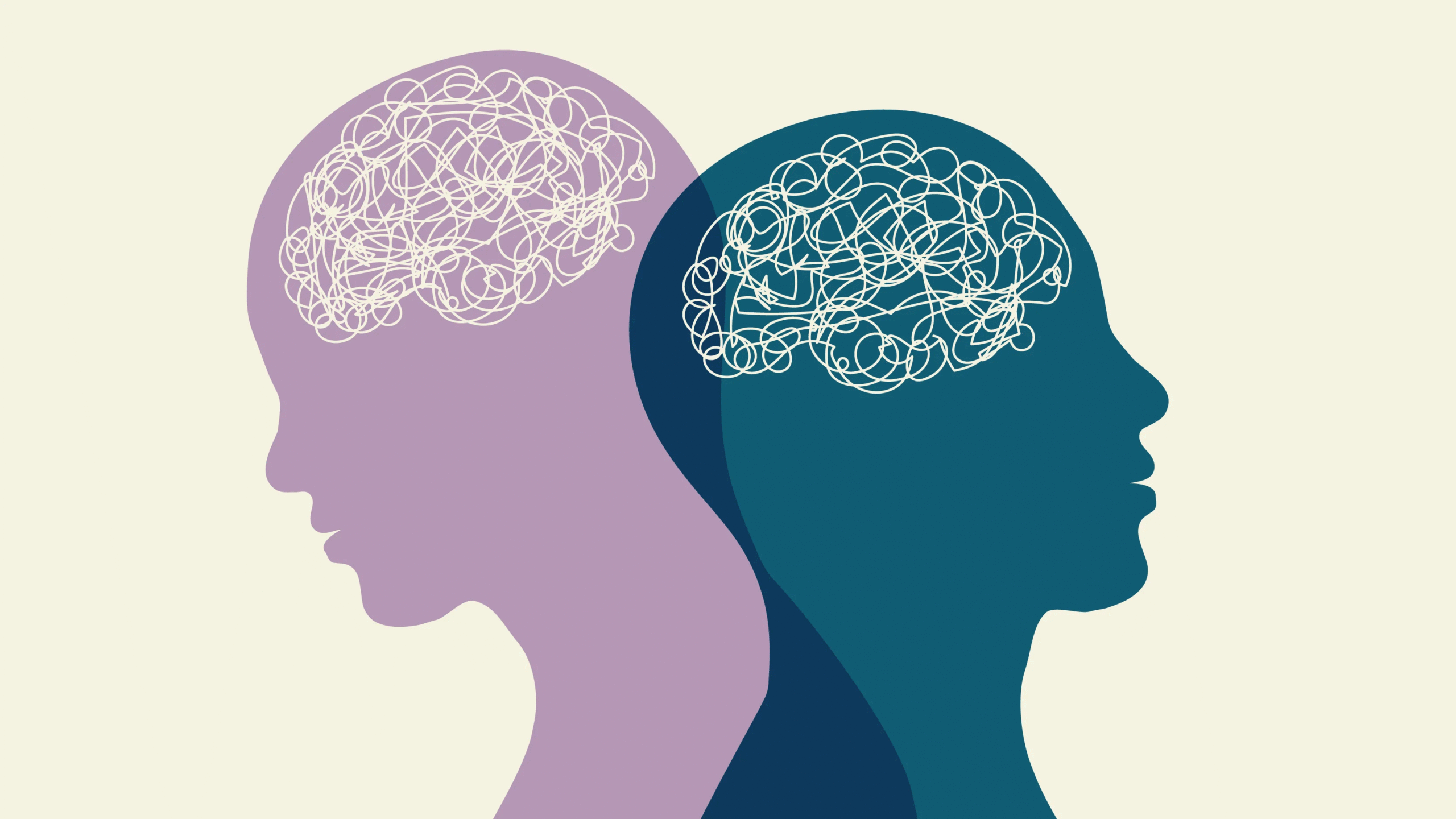In recent years, mental health care has evolved to offer more flexible and accessible treatment options. Among these, the intensive outpatient program (IOP) has gained recognition as a valuable approach that bridges the gap between full-time inpatient care and traditional outpatient therapy. Designed for individuals who need structured support without the constraints of hospitalization, IOPs are helping people receive the treatment they need while maintaining their daily responsibilities. This model of care emphasizes adaptability, personal empowerment, and continuity, making it an increasingly popular choice for those seeking meaningful, long-term recovery while staying engaged and supported in their communities.
What Is an Intensive Outpatient Program?
An IOP is a structured form of mental health or addiction treatment that allows individuals to attend therapy sessions multiple times per week, often for several hours at a time, while continuing to live at home. This approach provides the intensity of inpatient care but offers the freedom to work, attend school, or manage family obligations.
Typically, IOPs include a combination of individual therapy, group therapy, educational sessions, and skill-building workshops. These elements work together to help individuals address underlying issues, develop coping strategies, and build resilience. Many programs also incorporate family therapy to strengthen support systems at home. They may integrate physical wellness activities, such as yoga or light exercise, to promote a holistic approach to recovery. Some programs also provide access to nutritional counseling, vocational training, or creative therapies like music and drama to support recovery from multiple angles.
Who Benefits from an IOP?
Intensive outpatient programs can be beneficial for people in various stages of their mental health journey. Common reasons for enrolling in an IOP include:
- Transitioning from inpatient care to independent living
- Needing more support than standard outpatient therapy can provide
- Managing moderate to severe symptoms while maintaining daily activities
- Receiving treatment for co-occurring disorders, such as anxiety and substance use
- Seeking a structured environment without full-time hospitalization
Real-life examples illustrate this range: a college student balancing classes while addressing social anxiety, a working parent managing depression, or an older adult tackling grief alongside physical health concerns. One participant described how the program’s structure gave them the tools to manage panic attacks at work, while another credited group sessions with helping them rebuild trust in their relationships.
How IOPs Differ from Inpatient and Standard Outpatient Care
While inpatient care offers round-the-clock supervision, it requires individuals to reside in a treatment facility. This level of care is essential for those in crisis, but can be disruptive to daily life. On the other end of the spectrum, standard outpatient care may not provide the level of structure needed for individuals dealing with complex mental health challenges.
IOPs strike a balance between these extremes. Participants benefit from a highly structured environment with frequent sessions, yet they return home at the end of the day. This structure promotes accountability, supports recovery, and encourages the practical application of therapeutic skills in real-world situations.
Core Components of an Effective IOP
Successful intensive outpatient program services typically offer a holistic and highly coordinated set of interventions designed to address not just the symptoms but the underlying causes of mental health and addiction challenges. These programs integrate clinical expertise, evidence-based therapies, and real-world skill-building to ensure participants can sustain progress beyond the treatment setting:
- Comprehensive Assessments to identify each individual’s specific needs and goals.
- Therapeutic Variety including cognitive-behavioral therapy (CBT), dialectical behavior therapy (DBT), art therapy, and mindfulness practices.
- Skill Development in coping strategies, emotional regulation, stress management, and relapse prevention.
- Support Networks through group therapy sessions that foster peer support and reduce isolation.
- Ongoing Evaluation to adapt treatment plans as needed.
- Life Skills Training to improve time management, budgeting, and relationship-building.
Advantages of Choosing an IOP
Choosing to participate in an intensive outpatient program can open the door to numerous benefits that go beyond immediate symptom relief. This type of care meets people where they are, offering structure without complete separation from everyday life. The points below outline some of the most notable advantages, each contributing to a well-rounded path toward recovery and long-term wellness.
- Flexibility to balance treatment with work, school, or caregiving.
- Cost-Effectiveness compared to inpatient care while still offering comprehensive support.
- Community Integration that encourages applying new skills in real-world settings.
- Continuity of Care is a step-down from inpatient treatment or a step-up from standard outpatient services.
- Accessibility through both in-person and virtual formats.
- Customization of Treatment Plans to meet unique needs, supporting more personalized and effective recovery journeys.
Day-to-Day Experience in an IOP
For many participants, the daily rhythm of an IOP blends therapy with practical living. A typical day might begin with group therapy, where participants share progress and challenges in a safe and supportive environment. Midday sessions could focus on skill-building, such as stress management or communication techniques, often using role-play exercises to help participants practice in real time. Afternoons may include individual therapy, art therapy, or wellness activities like guided meditation or light exercise. Homework assignments, journaling, and practicing coping strategies between sessions ensure that learning continues beyond the therapy room. Some programs also organize community outings, volunteer opportunities, or skills-based workshops—such as cooking classes or budgeting sessions—to help participants integrate healthy habits into daily life.
Specialized IOP Tracks
Many providers offer niche IOPs tailored to specific populations or conditions. For example, programs for PTSD may focus on trauma-informed therapy and gradual exposure techniques. Eating disorder IOPs often integrate nutritional counseling and body image workshops. Veterans and first responders may participate in IOPs that address occupational stress, PTSD, and reintegration challenges in a culturally competent environment. There are also IOPs for individuals with chronic pain, integrating both mental health and physical rehabilitation strategies, and programs designed for LGBTQ+ participants that emphasize identity-affirming care. Some IOPs incorporate faith-based or culturally specific approaches to ensure participants feel understood and respected. These specialized tracks ensure treatment addresses unique needs while fostering a supportive peer community.
Technology in IOPs
Technology has expanded the reach and flexibility of IOPs. Telehealth allows participants to attend therapy sessions remotely, reducing barriers such as travel time or mobility limitations. Many programs incorporate secure apps for tracking mood, completing homework assignments, and accessing coping resources between sessions. Virtual support groups and therapy sessions also help maintain continuity of care for those in rural or underserved areas. In some cases, wearable devices can track sleep patterns or stress levels, giving therapists real-time data to tailor interventions.
Additionally, some platforms integrate progress dashboards so participants can visualize their improvements over time. Others provide AI-powered reminders and encouragement between sessions to keep engagement high. These innovations make IOPs more interactive, personalized, and accessible than ever before.
Patient Empowerment & Self-Management
A core aim of many IOPs is to equip participants with the skills and confidence to manage their mental health after the program ends. This includes teaching self-advocacy in healthcare settings, developing relapse prevention plans, and encouraging regular self-monitoring of symptoms. Participants often leave with a personalized toolkit of coping strategies, support contacts, and ongoing therapy or group recommendations, empowering them to sustain progress long term. Many also gain the confidence to set new personal and professional goals, applying what they have learned beyond the therapeutic environment. Graduates often describe feeling more prepared to navigate future challenges without losing momentum in their recovery. The emphasis on independence ensures that the benefits of IOP participation extend well into the future.
The Role of Family and Community Support
Family involvement can significantly improve outcomes. Many IOPs encourage relatives to attend family therapy sessions, where they can learn about mental health conditions, effective communication, and how to offer support without enabling harmful behaviors. Community groups, peer networks, and online forums can also provide additional layers of encouragement, making recovery a shared effort.
IOPs for Different Age Groups
While the core structure of IOPs remains similar, programs adapt their approach depending on the participant’s age. Adolescent programs often include academic support and parental involvement. Young adult IOPs may focus on independence, career planning, and healthy relationships. Programs for older adults might prioritize managing co-occurring medical conditions and combating social isolation.
Challenges and Considerations for IOP Participants
While IOPs offer many benefits, they also come with unique challenges. Participants must be self-motivated to attend sessions regularly and complete therapeutic assignments outside of program hours. Managing external stressors, such as work or family responsibilities, while engaging in an intensive program can be demanding. Transportation, scheduling conflicts, and insurance coverage may also present obstacles. Building resilience, maintaining motivation, and staying committed to goals are key to success.
How to Prepare for an IOP
Preparation plays a key role in making the most of an IOP. The weeks or days leading up to the start of the program can set the tone for a participant’s entire experience. Taking time to get organized, understand what to expect, and put support systems in place can help reduce stress and make the transition into structured therapy smoother. Before starting, individuals should:
- Assess their schedule and identify potential conflicts.
- Discuss goals with a mental health professional.
- Arrange practical support, such as childcare or transportation.
- Set personal intentions for what they hope to achieve.
- Familiarize themselves with the program’s structure and resources.
Measuring Success in an IOP
Clinicians will evaluate patients’ progress through self-assessments, therapist evaluations, and measurable improvements in daily functioning. Success might mean reduced symptoms, stronger coping skills, improved relationships, or a return to work or school. Tracking these changes helps participants and clinicians adjust treatment plans for the best possible outcomes. Programs may also conduct follow-up sessions or alumni meetings to maintain long-term progress.
Research and How IOPs Compare to Other Care Types
Research indicates that IOPs can significantly reduce relapse rates by as much as 50%, compared to individuals who do not engage in structured follow-up care. Participants frequently report notable improvements in mood, coping strategies, and overall quality of life within just a few months. These programs help bridge treatment gaps, particularly in areas where there is limited access to full-time inpatient care.
The Growing Importance of IOPs in Mental Health Care
With rising awareness of mental health needs and the demand for accessible care, IOPs are becoming a cornerstone of treatment strategies. Many experts believe IOPs will continue to expand, offering specialized tracks for adolescents, trauma survivors, and individuals with co-occurring physical health conditions.
By combining structure, flexibility, and comprehensive care, intensive outpatient programs empower people to take charge of their recovery while staying connected to their everyday lives. For many, this approach is the key to achieving lasting stability and improved well-being.














